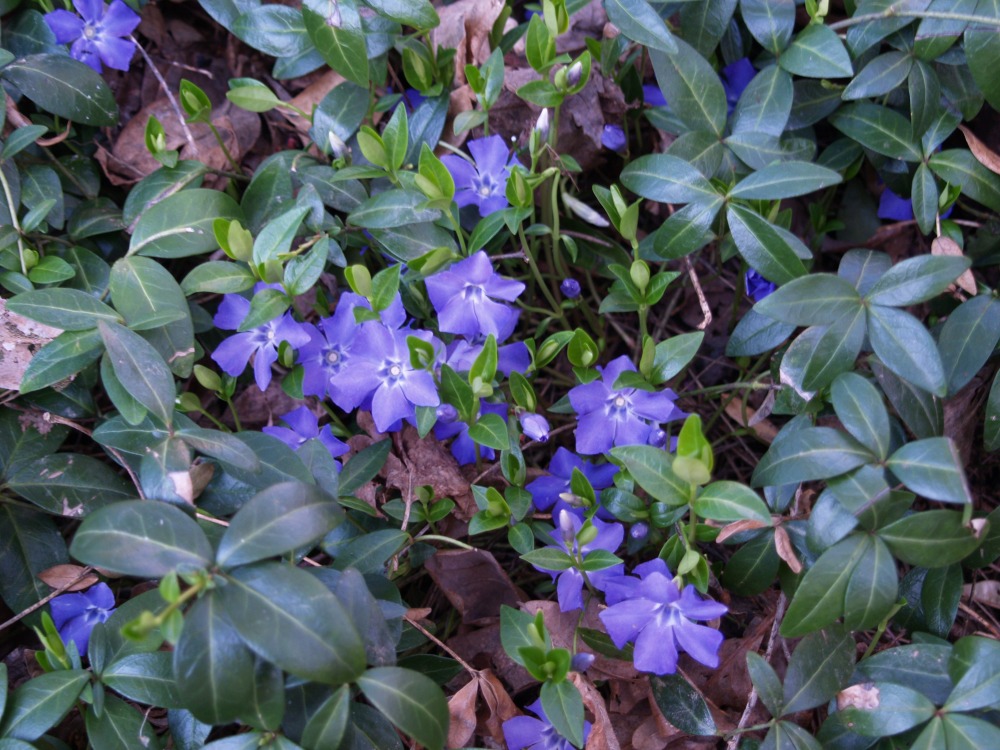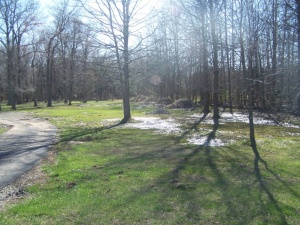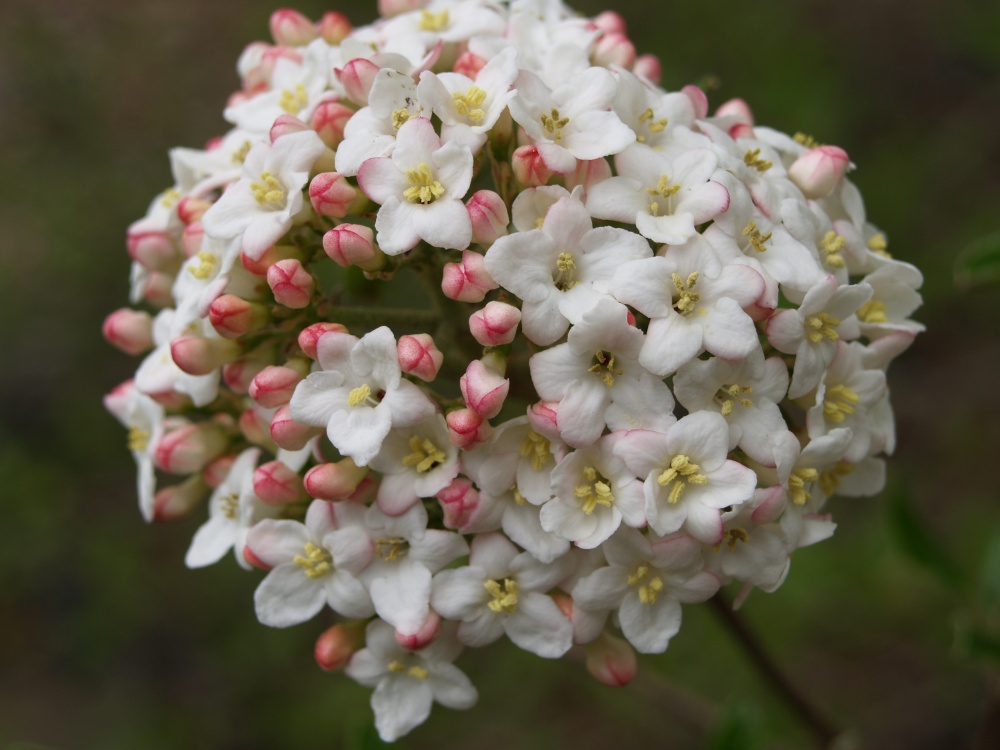As part of promotions to celebrate its fifty year anniversary Meadows Farms has asked for entries to determine the “Ugliest Landscapes in the Washington D.C. area”. There are a lot of them, and no doubt there are many other “needy” gardens that haven’t been submitted.
I have seen that many of the entries suffer from poor and neglected lawns due to poor care, pet damage, or adverse conditions such as poor drainage, shade and root competition, or dry slopes. Others need landscape design assistance to dress up dull areas, or need help with maintenance or handling aggressive plants like bamboo and ivy.
No matter how disastrous, all of these landscapes can be improved with a bit of time, money, and professional advice.
Lousy lawn – repair or replace?
When lawn grasses have declined we need to understand the cause. In some cases a soil test will reveal a nutritional deficiency, but in most cases that I’ve witnessed there are environmental conditions that cause the lawn to fail.
Compacted and rocky soils are the most common problems that effect growing grass in the mid Atlantic region, mostly due to clay soils.

No matter the amount of fertilizer (organic or synthetic) that is dumped on the lawn, the long term results will be unsatisfactory without addressing the root cause. Over time we can decrease soil compaction through aeration, taking plugs of soil out and replacing the clay with compost. Results from aeration can be dramatic, and coupled with lime applications to correct overly acidic soil, many poor lawns can be improved and will become more weed and pest resistant, and will require less fertilizer.
Shade and root competition are common and severe problems afflicting lawns, often coupled with a question on how to get rid of

moss. There are grass types that will survive in shaded areas (creeping red fescue), but no lawn grasses will out compete the shallow roots of shade trees. A common solution, adding an inch or two of topsoil and seeding or sodding over top, is usually effective for a year or two until the tree roots begin to grow up into the loose soil, again robbing the available moisture.

A more feasible alternative is to give up on grass and plant a lawn substitute such as pachysandra or periwinkle (below) that will tolerate the root competition, or to plant a mixture of shrubs and perennials that will grow in dry shade. We’ll need to add a few inches of soil to allow the plants to get off to a start (but no more than an inch or two so we don’t smother the roots and damage the trees), but they will survive the root competition and tolerate the extreme dry conditions once they’re established. These ground covers are a suitable long term solution, tolerating dryness and light foot traffic, but they do not provide an acceptable surface for kids to play on.
Most lawn grasses will not survive if they remain waterlogged. Drainage problems can often be corrected by reshaping grades to

allow surface water to drain, or by creating a french drain. For soils that are eroded it can be difficult to establish grass since seed is washed away with every storm. In these situations there are erosion fabrics to protect seed until it is established, and sod will usually resist washing away. Sod can be stapled to the ground to make it even more secure until it has a chance to root.
Severely worn areas damaged by pets or overuse can be difficult to repair. These areas will usually have compacted soils that must be aerated, but lawn renewal will be unsuccessful if the usage pattern remains the same. In many cases the best answer is to encourage the animal to follow a different path by planting shrubs that are large enough so that it must go around, rather than following the straight line of a fence. When planning to purchase a plant for this purpose, don’t select a small shrub that will get trampled and broken, but a more substantial plant from the start. Once the straight line path is broken the worn areas have a much better chance to be repaired.
A landscape designer can easily address a plain, drab landscape, but if you have limited time and budget then how can you make an impact? There are a number of carefree trees and shrubs that can be planted, and after they become established can be nearly forgotten. Even a few small trees and shrubs can make a significant impact in a barren landscape. I’ve found that flowering trees make the biggest impact on drab landscapes, and make excellent center pieces to work additional plants around.

Crapemyrtles and hybrid dogwoods such as Stellar Pink are tough, long lived, pest resistant, and care free trees with long periods of bloom. Shrubs such as viburnum (below, in bloom) and spirea will stand up to most difficult situations, and will make a dramatic impact on a bare landscape. If you’re looking for a minimum of maintenance, these trees and shrubs will deal with neglect as long as you are faithful in watering for the first month or two.

Landscapes that are overrun by bamboo or ivy, or by brambles, can be difficult to clean up, much less maintain. Complete removal is often

the goal, but can be nearly impossible to achieve without a prolonged and expensive effort. In many cases even herbicides are slow to eradicate these problems without repeated applications. If your efforts have been unsuccessful this is a task that is better left to professionals to manually remove roots or to apply herbicides that will eradicate the problem plants and kill their roots so that they don’t return. Bamboos can be controlled with barriers that are dug into the ground that prevent the travel of their roots.
Severe slopes can be difficult to mow and maintain, and because they shed water it can be difficult to grow grass or plants. The result can be

an unusable and unsightly mess. My best advice is to give up on grass and plant a mixture of drought resistant shrubs, ground covers, and perennials that will withstand the dry conditions, or terrace the slope so that lush gardens can be created.
I have offered some simplistic solutions to problems that be quite complex, but many of these will be effective without breaking the bank, and will require little regular maintenance. If you have an “ugly landscape” I would recommend that you get advice from a professional landscape designer before you spend another dime so that you’re making wise use of your time and money.
I heard that in a yard used by dogs that clover could withstand dog’s urine. However, I also heard clover attracts honey bees. Is this then a good ground cover to try? P.S. I love your posts!
I don’t think that there are any plants, or grasses, that can withstand the concentrated nitrogen in urine. However, clover is very tough and will stand up to wear better than many lawn grasses. Clover’s blooms attract bees, and this is part of the reason that it fell into disfavor for use in lawns.
Do you know of a company that could help us eradicate our bamboo? We live in the DC Metro area.
Yes, the company I work for, Meadows Farms, has worked with homeowners to eliminate bamboo on many occasions. Severe situations require a piece of equipment to excavate to the depth of the roots, then careful removal of any root material so that the bamboo doesn’t grow back. Still there is often some small amount of regrowth that must be combated by spraying with an herbicide as soon as new shoots develop. For non timber bamboo varieties, those that grow pencil thickness canes, I have had some success with spraying an herbicide and cutting the canes low to the ground a few weeks later even though the bamboo has not died, then spraying a second time as new leaves emerge.
If the source of your bamboo is a neighboring property then killing the portion on your property is probably not worth the expense, since it will rapidly grow back. In this case I recommend installing a barrier that will prevent roots from spreading. The roots are encouraged by the barrier to grow towards the surface, so that when they try to grow over the barrier you can cut them off. The hard plastic barriers are installed in a trench two feet or more deep, so there is considerable effort involved. I would advise calling for someone to assess the problem and help to figure out the best strategy in dealing with the bamboo. If you would like one of Meadows Farms landscape designers to take a look you can follow this link to send us your information http://meadowsfarms.com/v.php?pg=40
Hey I am so happy I found your blog, I really found you by
mistake, while I was researching on Aol for something
else, Anyways I am here now and would just like to say
cheers for a marvelous post and a all round enjoyable blog (I also love the theme/design), I don’t have time to look over it all at the moment but I have bookmarked it and also added in your RSS feeds, so when I have time I will be back to read more, Please do keep up the fantastic work.